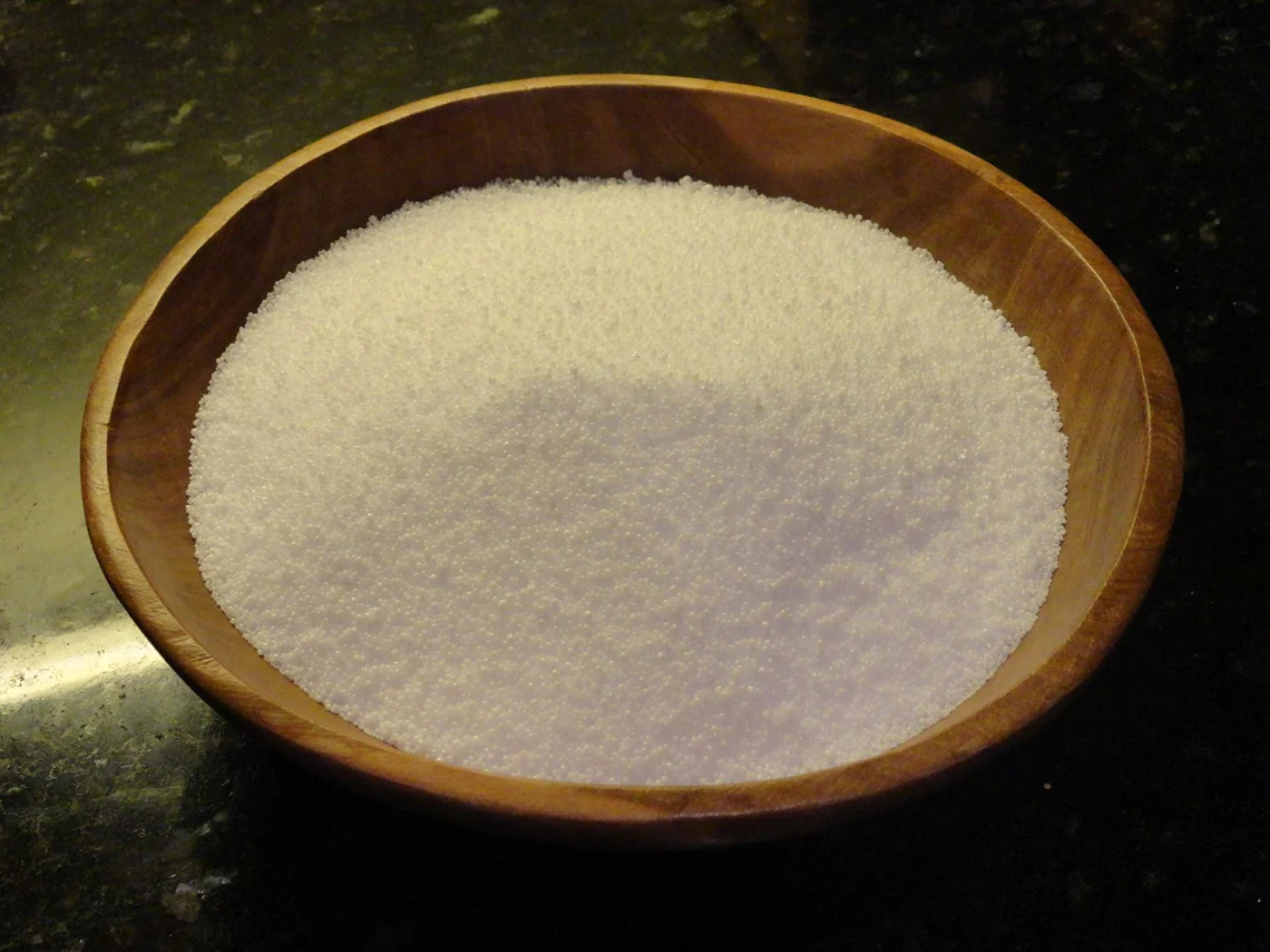

Articles
How Much Stearic Acid To Use In Soy Candles
Modified: December 7, 2023
Learn how to use stearic acid in soy candles with our articles. Get valuable tips and tricks for achieving the perfect balance.
(Many of the links in this article redirect to a specific reviewed product. Your purchase of these products through affiliate links helps to generate commission for Storables.com, at no extra cost. Learn more)
Introduction
Welcome to the fascinating world of candle making! If you’re a candle lover or a creative soul looking to craft your own soy candles, then you’ve come to the right place. One crucial ingredient that plays a significant role in soy candle making is stearic acid. By understanding its purpose and how to use it effectively, you can elevate your candle-making skills and create candles with improved performance and aesthetics.
In this article, we will delve into the topic of stearic acid and its role in soy candle making. We will explore how to determine the optimal amount of stearic acid to use in your candles, factors to consider when choosing the amount, and provide a step-by-step guide to calculating and adding stearic acid to your soy candles. Additionally, we’ll share some tips and tricks to make the most out of using stearic acid and highlight common mistakes to avoid.
Whether you’re a beginner or an experienced candle maker, this article will provide you with valuable insights and practical knowledge to enhance your candle-making endeavors. So, let’s dive in and discover the wonders of stearic acid in soy candles!
Key Takeaways:
- Finding the perfect balance of stearic acid in soy candles is crucial for achieving desired results. Experiment, test, and document your process to create beautifully scented and visually appealing candles.
- Quality, safety, and creativity are essential in soy candle making. Use high-quality ingredients, follow safety precautions, and enjoy the journey of creating unique and professional-quality candles.
Read more: What Is The Best Wick To Use For Soy Candles
Understanding Stearic Acid and its Role in Soy Candles
Stearic acid is a saturated fatty acid that is commonly derived from animal or vegetable sources. It is solid at room temperature and has a waxy texture, making it an ideal ingredient for candle making. When it comes to soy candles, stearic acid serves multiple purposes that contribute to the overall quality and performance of the finished product.
One primary role of stearic acid in soy candles is to increase the melt point and hardness of the wax. Soy wax, although popular for its natural and eco-friendly qualities, has a relatively low melt point. By adding stearic acid, you can raise the melt point of the wax, making the candles more resistant to heat and preventing them from melting too quickly.
In addition to enhancing the candle’s durability, stearic acid also plays a vital role in improving the appearance and texture of soy candles. It acts as a texturizer, adding a smooth and glossy finish to the candles, which enhances their visual appeal. Furthermore, stearic acid helps reduce frosting, which is a common issue in soy candles where a white, powdery substance forms on the surface. Using stearic acid can minimize this problem, resulting in a more aesthetically pleasing candle.
Another benefit of stearic acid is that it aids in fragrance retention. Soy wax has a reputation for its excellent fragrance throw, and the addition of stearic acid can further enhance the scent diffusion in your candles. The stearic acid helps to bind the fragrances and release them slowly, allowing for a longer-lasting and more intense fragrance experience.
Understanding the role of stearic acid in soy candles is crucial for achieving desired results. By utilizing the unique properties of stearic acid, you can create candles that are visually appealing, have a longer burn time, and emit captivating scents. In the next sections, we will explore how to determine the optimal amount of stearic acid to use in your soy candles and the factors to consider when making this decision.
Determining the Optimal Amount of Stearic Acid for Soy Candles
When it comes to determining the optimal amount of stearic acid to use in your soy candles, there are several factors to consider. The amount of stearic acid will impact various aspects of the candle, including its burn time, scent throw, texture, and appearance. Finding the right balance is crucial for achieving the desired results.
One important factor to consider is the type and quality of your soy wax. Different soy waxes have varying levels of natural additives and already contain a certain amount of stearic acid. It’s important to check the manufacturer’s guidelines for your particular soy wax and take that into account when calculating the amount of additional stearic acid to use.
Another factor is the desired outcome of your candles. If you are looking for a harder, more durable candle with a higher melt point, you may opt for a higher percentage of stearic acid. On the other hand, if you prioritize a softer, more creamy texture, you might choose a lower percentage or even omit stearic acid altogether.
It’s also important to consider the fragrance load in your candles. If you plan to use a high concentration of fragrance oils, you may need to increase the amount of stearic acid to help bind and retain the scent in the wax. Fragrances with higher flashpoints may also necessitate the use of more stearic acid for optimal performance.
Additionally, the diameter and height of your candles can impact the amount of stearic acid needed. Larger candles generally require more stearic acid to ensure proper hardness and heat resistance, while smaller candles may need less to achieve the desired results.
A common starting point for determining the optimal amount of stearic acid is around 2-5% of the total wax weight. However, this is just a general guideline, and it’s important to experiment and make adjustments based on your specific preferences and requirements. Keep in mind that adding too much stearic acid can result in a chalky texture or affect the scent throw, while adding too little may not provide the desired effects.
When calculating the amount of stearic acid, it’s always a good idea to test a small batch first. This way, you can evaluate the performance of the candles, make any necessary adjustments, and ensure consistency in your final product.
By carefully considering these factors and conducting small-scale tests, you can determine the optimal amount of stearic acid to use in your soy candles. Next, let’s move on to the step-by-step guide on how to calculate and add stearic acid to your candles to achieve the desired results.
Factors to Consider When Choosing the Amount of Stearic Acid
Choosing the right amount of stearic acid for your soy candles is essential for achieving the desired results. There are several factors to consider when making this decision, each of which can influence the performance, texture, and appearance of your candles.
1. Wax Type: The type of soy wax you use will play a role in determining the amount of stearic acid needed. Different soy waxes have varying levels of additives and stearic acid content, so it’s important to refer to the manufacturer’s guidelines for recommended usage levels.
2. Desired Hardness: Consider the level of hardness you want in your candles. Stearic acid increases the melt point and hardness of the wax, providing a more durable candle. If you prefer a harder candle, you might opt for a higher percentage of stearic acid. However, if you prefer a softer, more malleable candle, you may choose to use a lower percentage or omit stearic acid altogether.
3. Scent Throw: The amount of fragrance oil used in your candles can impact the amount of stearic acid needed. Fragrance oils with higher flashpoints may require more stearic acid to help bind and retain the scent in the wax. Experiment with different fragrance loads to find the right balance for optimal scent throw.
4. Candle Size: Consider the size and shape of your candles. Larger candles generally require more stearic acid to achieve the desired hardness and heat resistance, while smaller candles may require less. The diameter and height of the candle can also impact the amount of stearic acid needed.
5. Aesthetic Factors: Think about the texture and appearance you want to achieve in your candles. Stearic acid acts as a texturizer, providing a smooth and glossy finish to the candles. It can also help reduce frosting. Consider the visual appeal you desire and adjust the amount of stearic acid accordingly.
It’s important to note that every candle maker’s preferences may vary, and there is no one-size-fits-all approach. It’s recommended to start with a lower amount of stearic acid and gradually increase or decrease it based on your specific requirements. Conducting small-scale tests and keeping detailed records will help you determine the optimal amount of stearic acid for your soy candles.
By carefully considering these factors and experimenting with different ratios, you can find the perfect balance of stearic acid to achieve the desired results in your soy candles. In the next section, we’ll explore a step-by-step guide on how to calculate and add stearic acid to your soy candles effectively.
When making soy candles, a good starting point is to use about 6-10% stearic acid to the total weight of the wax. This will help improve the candle’s hardness and texture. Always conduct a small test batch to determine the ideal amount for your specific recipe.
Step-by-Step Guide to Calculating and Adding Stearic Acid to Soy Candles
Calculating and adding the right amount of stearic acid to your soy candles is crucial for achieving the desired results. Follow this step-by-step guide to ensure a successful incorporation of stearic acid into your candle-making process:
Step 1: Gather Your Supplies
Before you begin, gather all the necessary supplies, including your soy wax, stearic acid, fragrance oils (if desired), a double boiler or a melting pot, a thermometer, a heat-resistant container, and your candle molds or containers.
Step 2: Determine Your Wax Weight
Weigh the amount of soy wax you’ll be using for your candles. Note down the weight, as you’ll need this information for calculating the appropriate amount of stearic acid to add.
Step 3: Calculate the Percentage of Stearic Acid
Decide on the desired percentage of stearic acid based on factors such as wax type, hardness preference, scent throw, and candle size. As a starting point, aim for 2-5% of the total wax weight. Multiply the weight of the soy wax by the chosen percentage to determine the weight of stearic acid to add.
Step 4: Melt the Soy Wax
Using a double boiler or melting pot, melt the soy wax at a moderate heat until it reaches the recommended melting point. Stir occasionally to ensure even melting. Monitor the temperature using a thermometer to prevent overheating.
Step 5: Add the Stearic Acid
Once the soy wax is fully melted and has reached the desired temperature (refer to the manufacturer’s guidelines for recommended temperature ranges), add the calculated amount of stearic acid to the melted wax. Stir gently until the stearic acid is completely dissolved and evenly distributed in the wax.
Step 6: Optional: Add Fragrance Oils
If desired, this is the time to add your chosen fragrance oils to the wax. Follow the recommended usage rate provided by the fragrance manufacturer. Stir gently to incorporate the fragrance into the wax.
Step 7: Pour the Wax into Molds or Containers
Carefully pour the melted wax with stearic acid (and fragrance oils, if added) into your chosen candle molds or containers. Be sure to leave enough room at the top for the wick and any additional decorations you may want to add.
Step 8: Allow the Candles to Cool and Set
Let the candles cool and solidify at room temperature, undisturbed, for several hours. This will allow the stearic acid and wax to form a solid bond and ensure the candles retain their desired texture and appearance.
Step 9: Trim the Wick and Enjoy!
Trim the wick to the appropriate length, generally around ¼ inch, before lighting your candles. Now, sit back, relax, and enjoy the beautiful, fragrant glow of your newly created soy candles!
Remember, these steps are a general guideline, and you may need to adjust the amount of stearic acid to fit your specific needs. By experimenting with different ratios and techniques, you’ll discover the perfect balance for your soy candles.
In the next section, we will share some useful tips and tricks to make the most out of using stearic acid in your soy candle making process.
Read more: Why Soy Candles Are Bad
Tips and Tricks for Using Stearic Acid in Soy Candle Making
Using stearic acid in soy candle making can elevate your candle-making skills and improve the performance and aesthetics of your candles. Here are some valuable tips and tricks to help you make the most out of incorporating stearic acid into your soy candle-making process:
1. Start with Small Batches: If you’re new to using stearic acid, it’s recommended to start with small batches and experiment with different ratios. This allows you to fine-tune the amount of stearic acid based on your preferences and specific candle-making requirements.
2. Mix Thoroughly: When adding stearic acid to your melted soy wax, ensure thorough mixing to achieve a uniform dispersion. Stir gently but consistently to ensure the stearic acid is fully dissolved and evenly distributed throughout the wax. This will help prevent any clumps or uneven textures in your finished candles.
3. Test Burn Times: As you adjust the amount of stearic acid in your soy candles, make note of the burn times of each batch. This will help you determine the ideal ratio for achieving the desired burn rate that aligns with the size and type of candle you’re creating.
4. Monitor Temperatures: Pay close attention to the temperature of both the soy wax and stearic acid mixture. Be sure to stay within the recommended temperature range provided by the soy wax manufacturer. This will help prevent any issues with consistency or adhesion between the two components.
5. Use High-Quality Ingredients: Opt for high-quality soy wax and stearic acid to ensure the best results in your candle making. Inferior quality ingredients may result in inferior performance and affect the overall quality of your candles.
6. Be Mindful of Fragrance Load: The addition of stearic acid can affect the way fragrance oils bind and scent your candles. Take note of any changes in fragrance throw when using stearic acid and adjust the fragrance load if necessary. It’s a good idea to test different combinations and ratios to find the perfect balance between stearic acid and fragrances.
7. Experiment with Different Textures: Stearic acid can offer different textures to your candles, ranging from a smooth and glossy finish to a more rustic appearance. Play around with the amount of stearic acid to achieve the desired texture that complements your candle design and aesthetic preferences.
8. Consider Safety Precautions: Always prioritize safety when working with stearic acid and other candle-making materials. Follow proper candle-making guidelines, including using protective equipment, working in a well-ventilated area, and handling hot wax with caution. Stay informed about any potential hazards and take appropriate measures to ensure a safe working environment.
By incorporating these tips and tricks into your soy candle-making process, you can harness the full potential of stearic acid and create beautifully scented candles with enhanced performance and aesthetics.
In the next section, we will highlight some common mistakes to avoid when using stearic acid in soy candles.
Common Mistakes to Avoid When Using Stearic Acid in Soy Candles
Using stearic acid in soy candle making can bring numerous benefits to your candles. However, there are certain common mistakes that can negatively impact the outcome of your candles. By avoiding these mistakes, you can ensure a successful and enjoyable candle-making experience. Here are some common mistakes to watch out for when using stearic acid in soy candles:
1. Adding Too Much Stearic Acid: One of the most common mistakes is adding an excessive amount of stearic acid. While stearic acid improves the hardness and heat resistance of the wax, using too much can result in a chalky texture and negatively impact the scent throw. It’s important to follow the recommended guidelines and gradually increase the amount of stearic acid until you achieve the desired results.
2. Neglecting to Test Small Batches: Failing to test your candle recipe with small batches can lead to disappointment and wasted resources. Each type of soy wax and fragrance oil combination reacts differently to stearic acid. Testing small batches allows you to make adjustments and find the optimal ratio of stearic acid for your specific candle-making needs.
3. Ignoring Manufacturer’s Guidelines: Different types of soy wax have varying levels of stearic acid content and recommended usage levels. It’s crucial to refer to the manufacturer’s guidelines to ensure that you’re using the correct amount of stearic acid for your specific soy wax brand. Ignoring these guidelines can lead to subpar results and affect the overall quality of your candles.
4. Inadequate Mixing: Proper mixing is essential when incorporating stearic acid into your soy wax. Failing to mix thoroughly can result in uneven distribution of stearic acid, leading to clumps or inconsistencies in your candles. Take the time to stir gently but consistently to achieve a uniform dispersion of stearic acid within the wax.
5. Overheating the Wax: Overheating the soy wax and stearic acid mixture can degrade the quality of the wax and affect the performance of the candles. It’s important to monitor and maintain the recommended temperature range provided by the soy wax manufacturer. Excessive heat can cause the wax to lose its natural properties and may result in a lower-quality finished product.
6. Neglecting Safety Precautions: Safety should always be a top priority when working with stearic acid and other candle-making materials. Neglecting to follow necessary safety precautions, such as using protective equipment or handling hot wax with care, can lead to accidents and injuries. Familiarize yourself with the proper safety guidelines and take the necessary precautions to ensure a safe working environment.
With careful attention to these common mistakes, you can avoid potential pitfalls and achieve the best results when using stearic acid in your soy candle making. By learning from these mistakes, you’ll be well on your way to creating beautifully fragrant and visually appealing soy candles.
In the final section of this article, we will provide some final thoughts and recommendations for using stearic acid in soy candle making.
Final Thoughts and Recommendations
Using stearic acid in soy candle making can greatly enhance the quality, performance, and aesthetics of your candles. By understanding its role and considering various factors, you can determine the optimal amount of stearic acid to use in your soy candles. Here are some final thoughts and recommendations to keep in mind:
1. Experiment and Test: Candle making is both an art and a science. Every candle maker’s preferences and desired outcomes may vary. Therefore, it’s crucial to experiment with different ratios of stearic acid and conduct small-scale tests to find the perfect balance for your candles. Keep detailed records of your experiments to track your results and make future adjustments.
2. Quality Matters: Always strive to use high-quality soy wax, stearic acid, fragrance oils, and other candle-making materials. Inferior quality ingredients can affect the performance, scent throw, and texture of your candles. Invest in reputable brands and products to ensure the best results.
3. Balance Scents and Additives: Finding the right balance between fragrance oils, stearic acid, and other additives is crucial for achieving optimal results in your soy candles. Consider how each element interacts with one another and adjust accordingly. Remember, small adjustments can make a big difference in the final outcome.
4. Document and Learn: Keep a record of your candle-making process, including the amounts of stearic acid, fragrance oils, and other additives used. This documentation will help you replicate successful candles and avoid repeating any mistakes. Continuously learn from your experiences and improve your technique as you go.
5. Enjoy the Journey: Candle making is a creative and rewarding hobby. Embrace the process, enjoy the scents, and take pride in your handmade creations. Don’t be afraid to explore different variations, experiment with unique designs, and let your creativity shine through in your candles.
Remember, mastering the use of stearic acid in soy candle making takes time and practice. Be patient with yourself and celebrate the progress you make along the way. With dedication and a willingness to learn, you’ll soon be creating beautiful, fragrant, and professional-quality soy candles.
Now, armed with a deeper understanding of stearic acid and its role in soy candles, you’re ready to embark on your candle-making journey. So, gather your supplies, let your imagination soar, and create exquisite soy candles that fill the air with delightful scents and create a cozy ambiance in any space.
Frequently Asked Questions about How Much Stearic Acid To Use In Soy Candles
Was this page helpful?
At Storables.com, we guarantee accurate and reliable information. Our content, validated by Expert Board Contributors, is crafted following stringent Editorial Policies. We're committed to providing you with well-researched, expert-backed insights for all your informational needs.
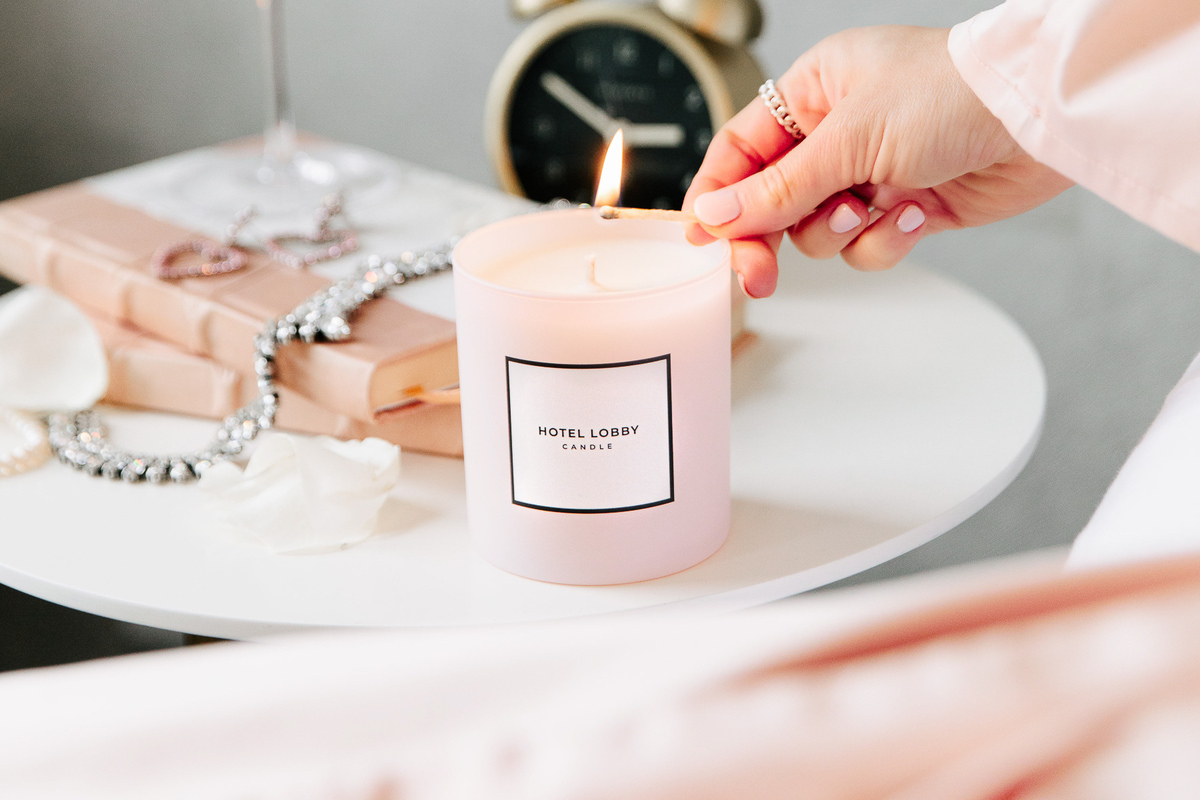
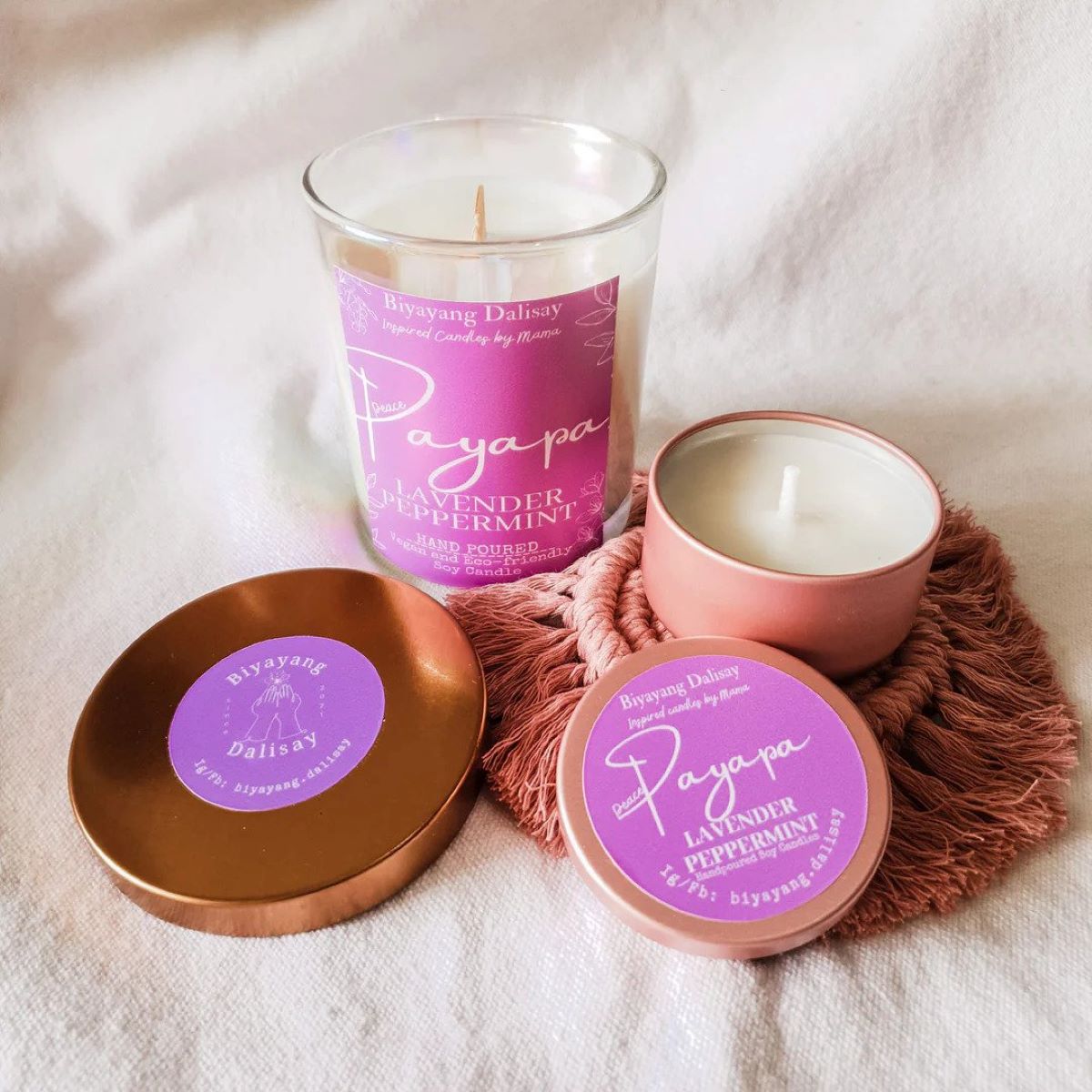
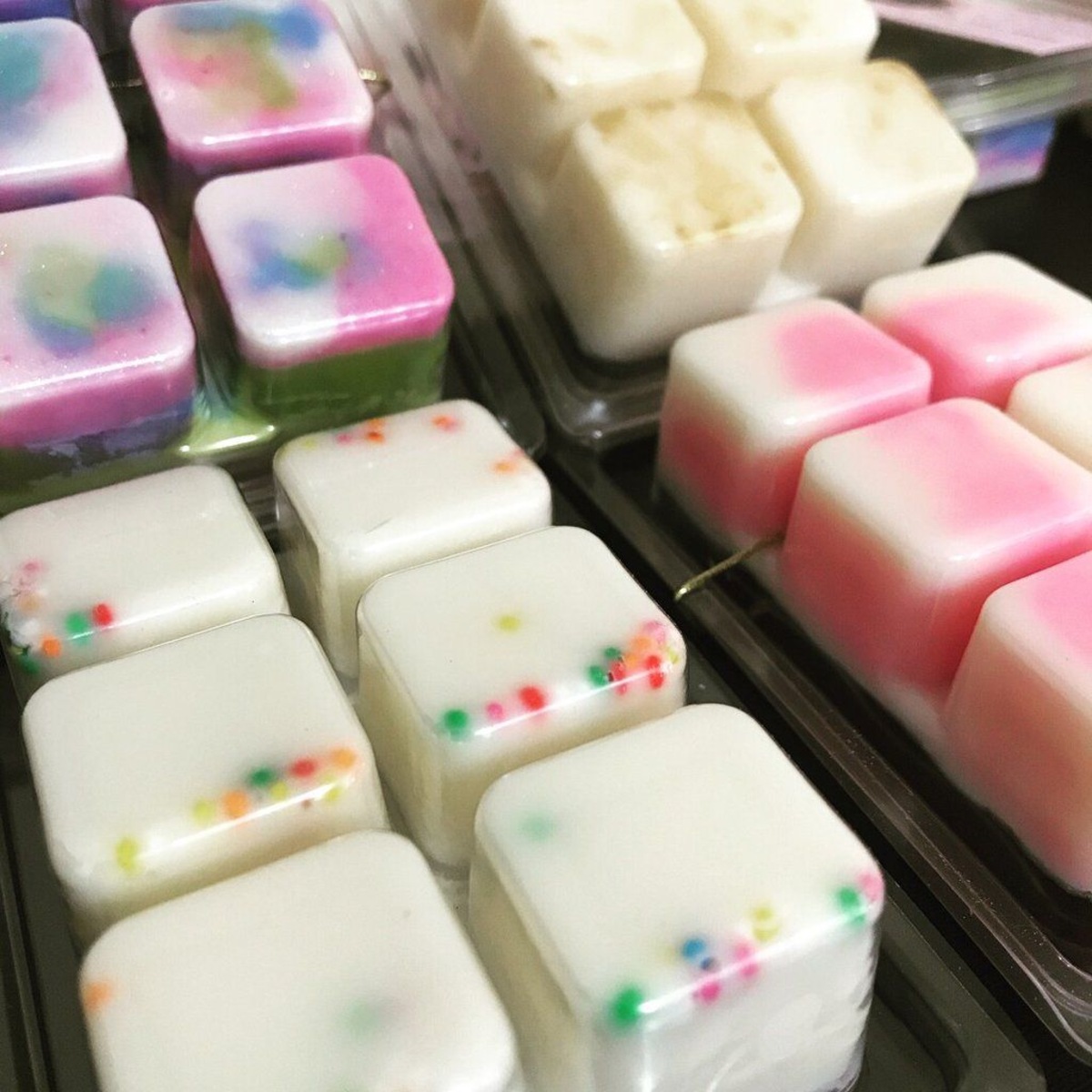
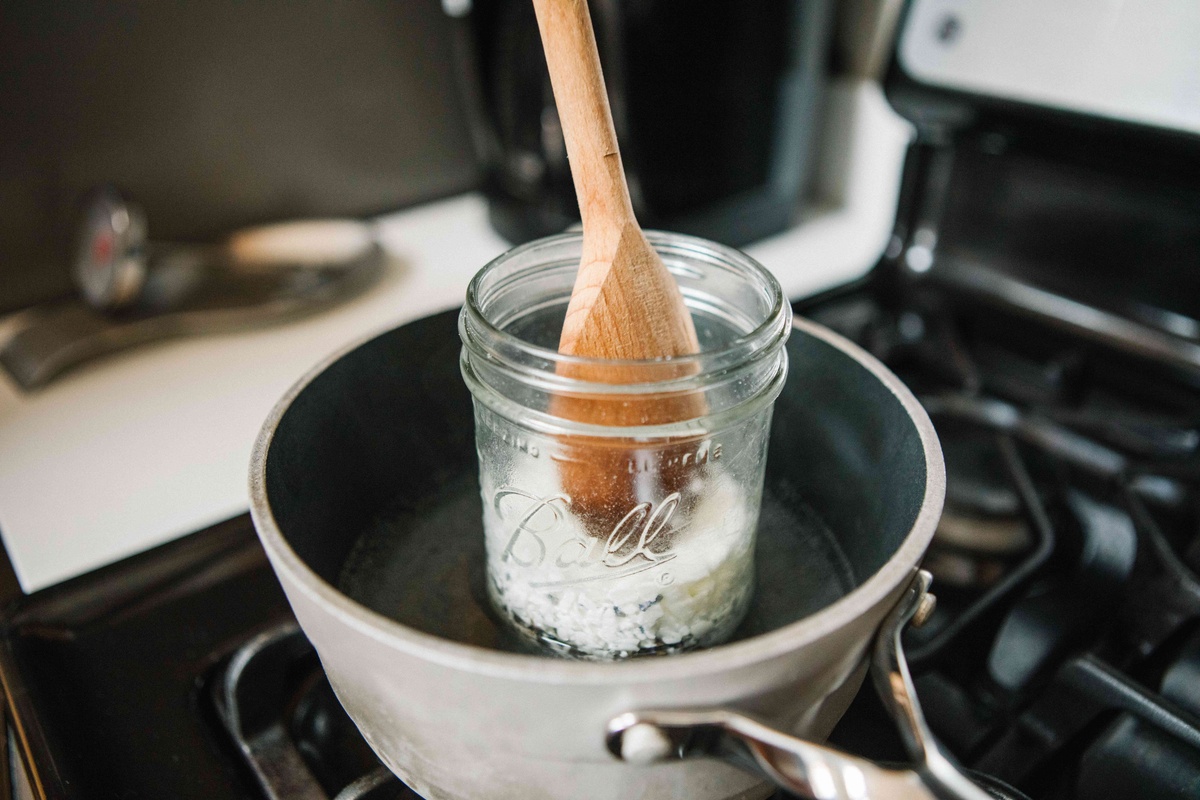


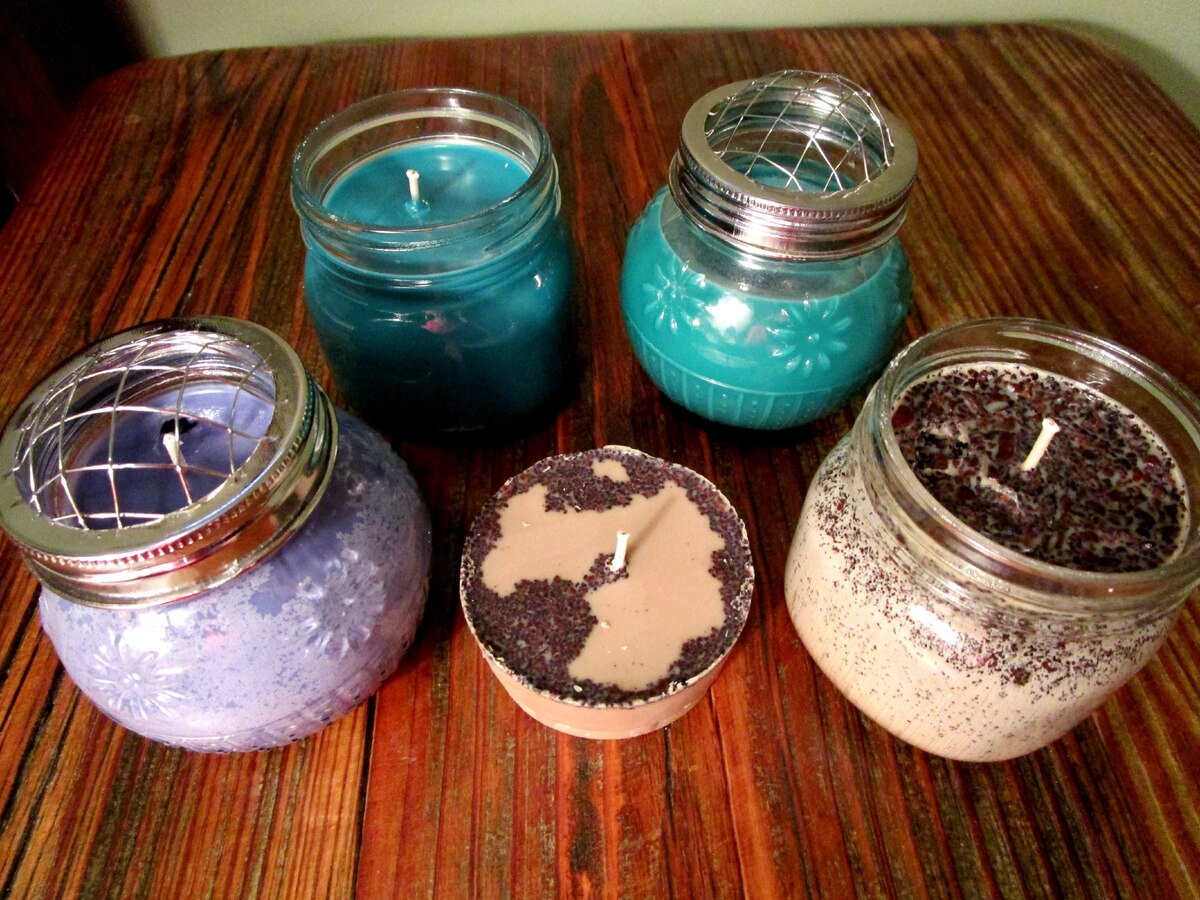
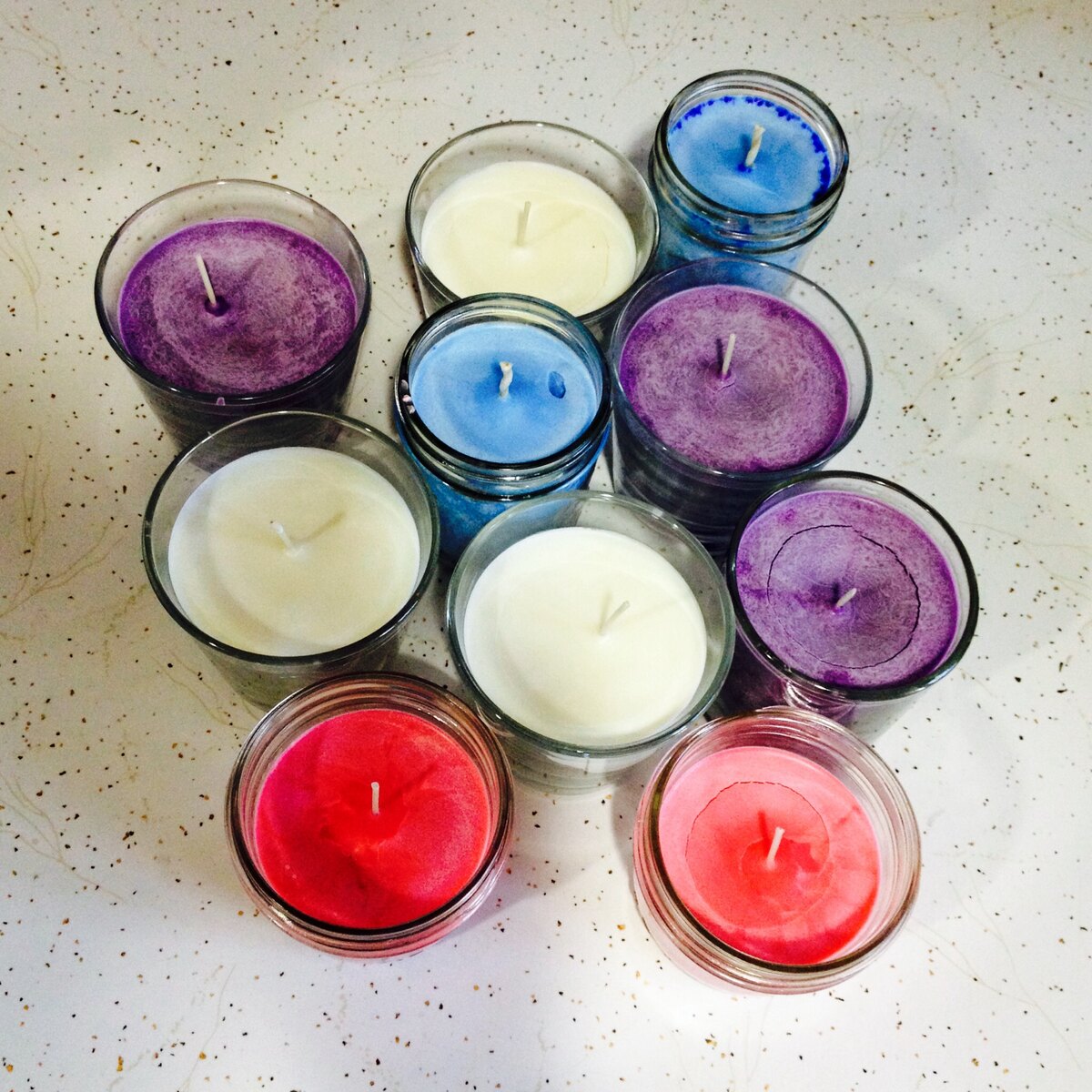
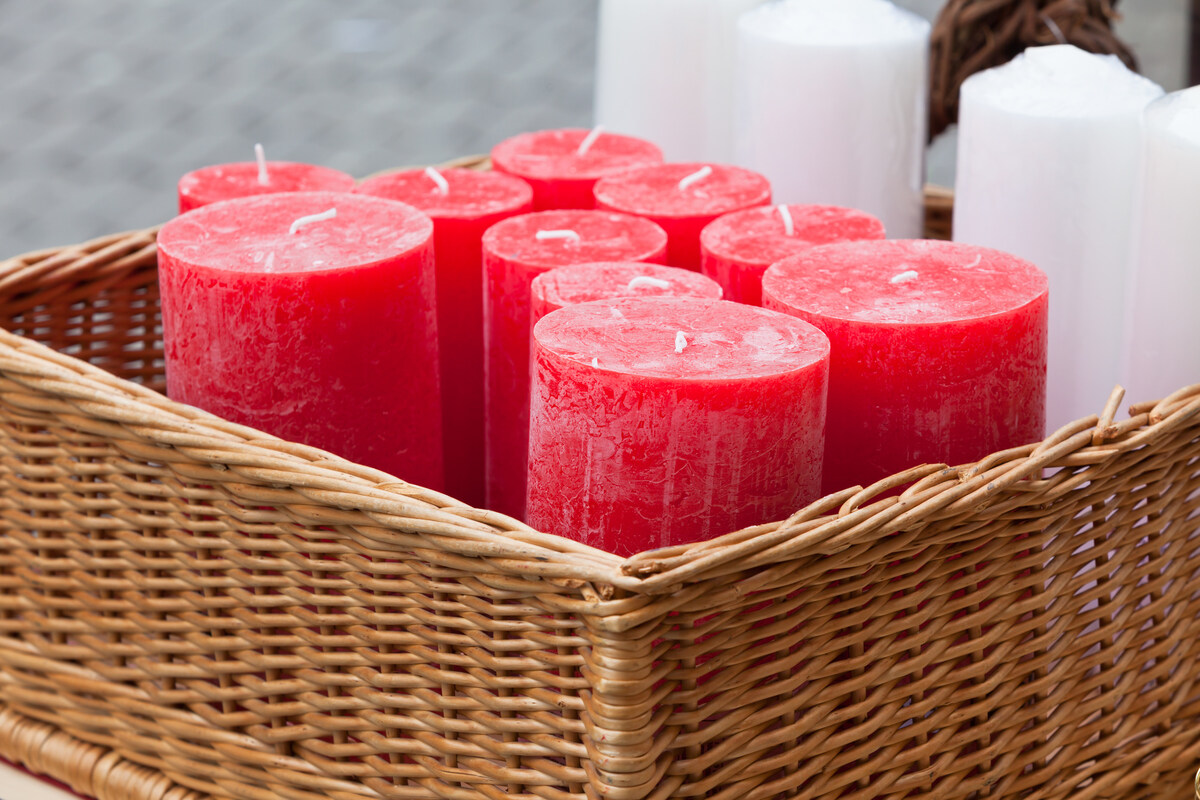

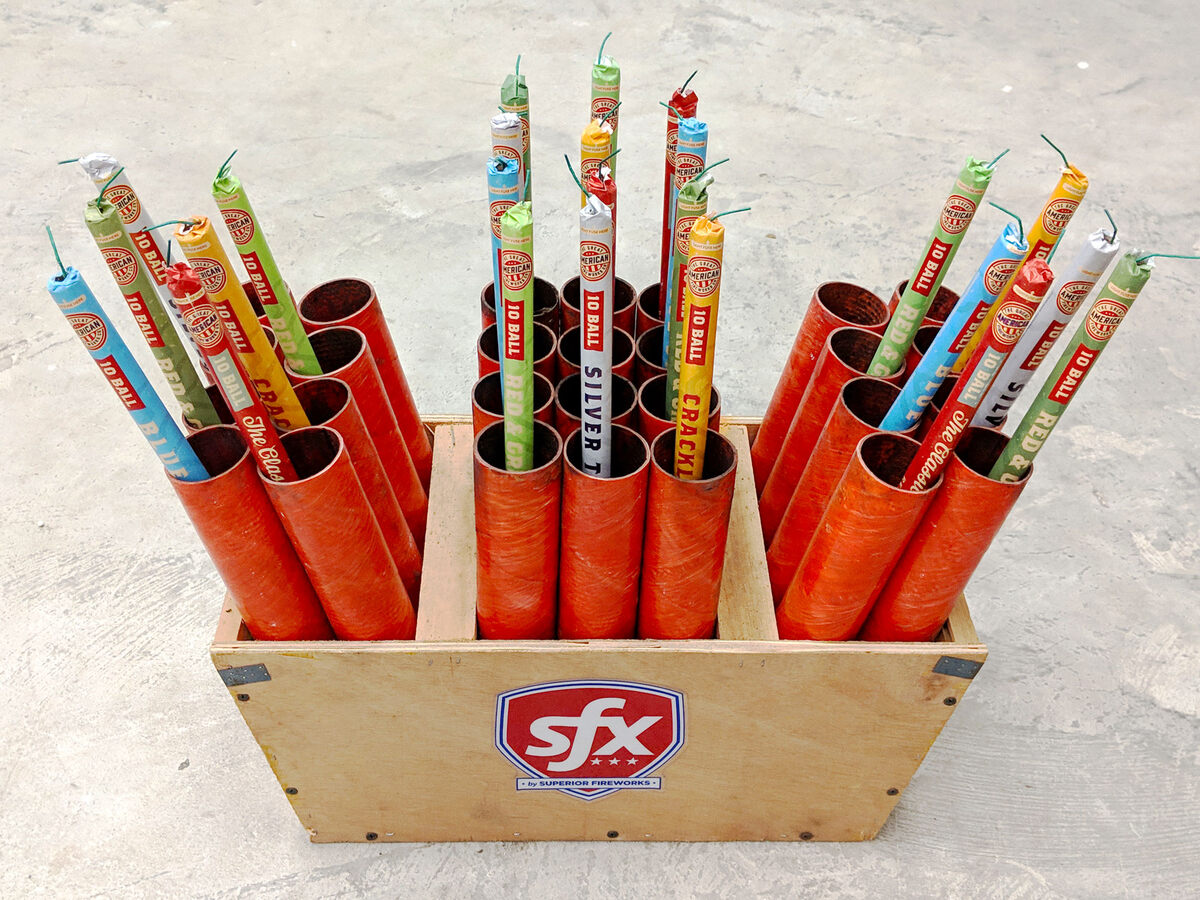
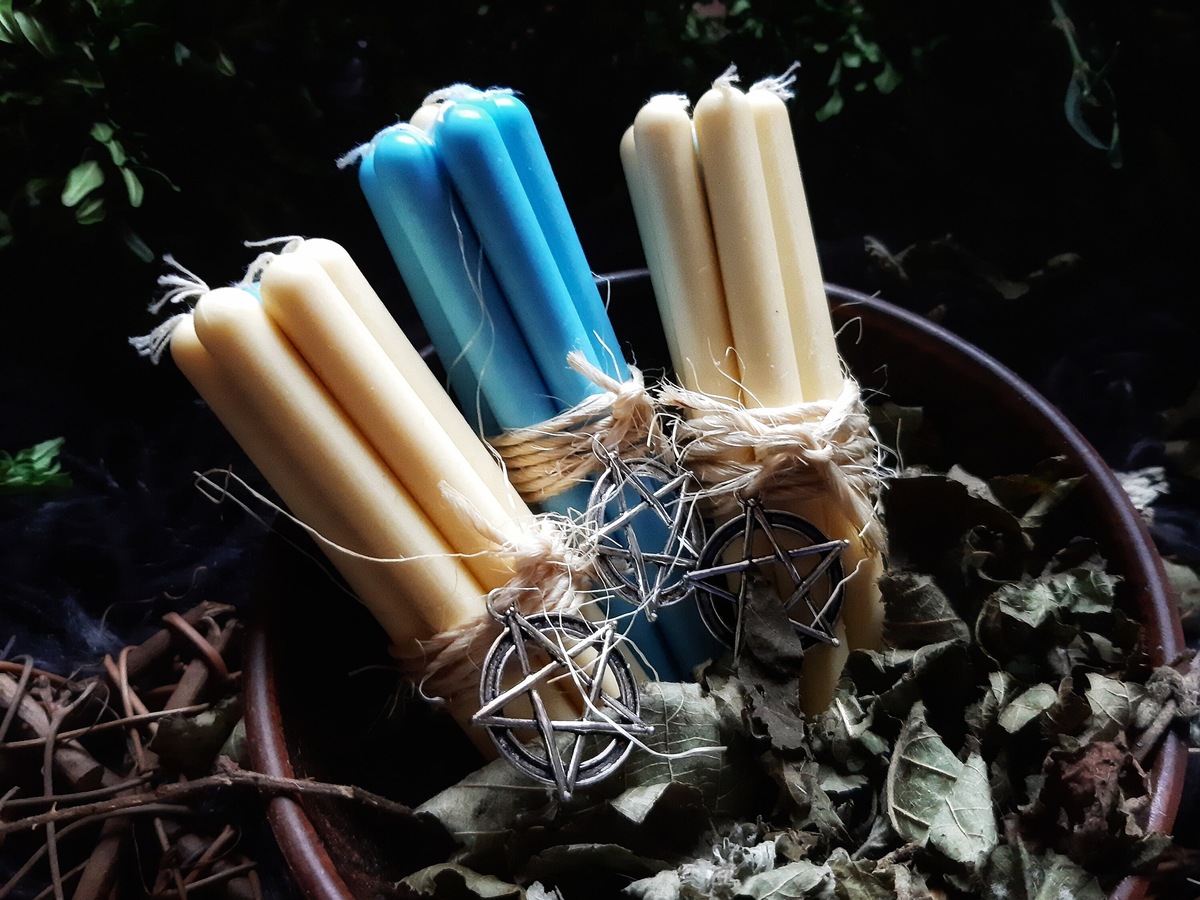
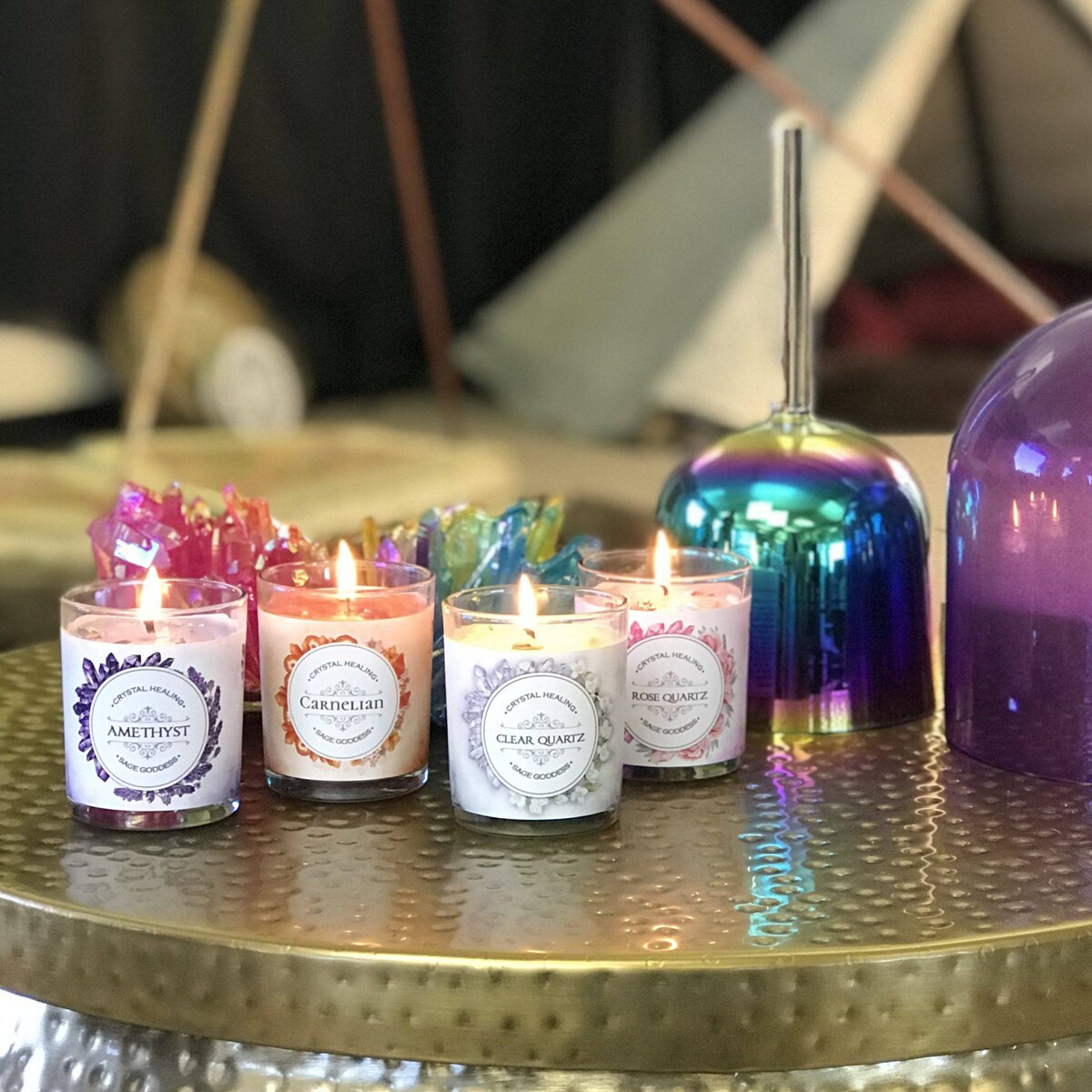
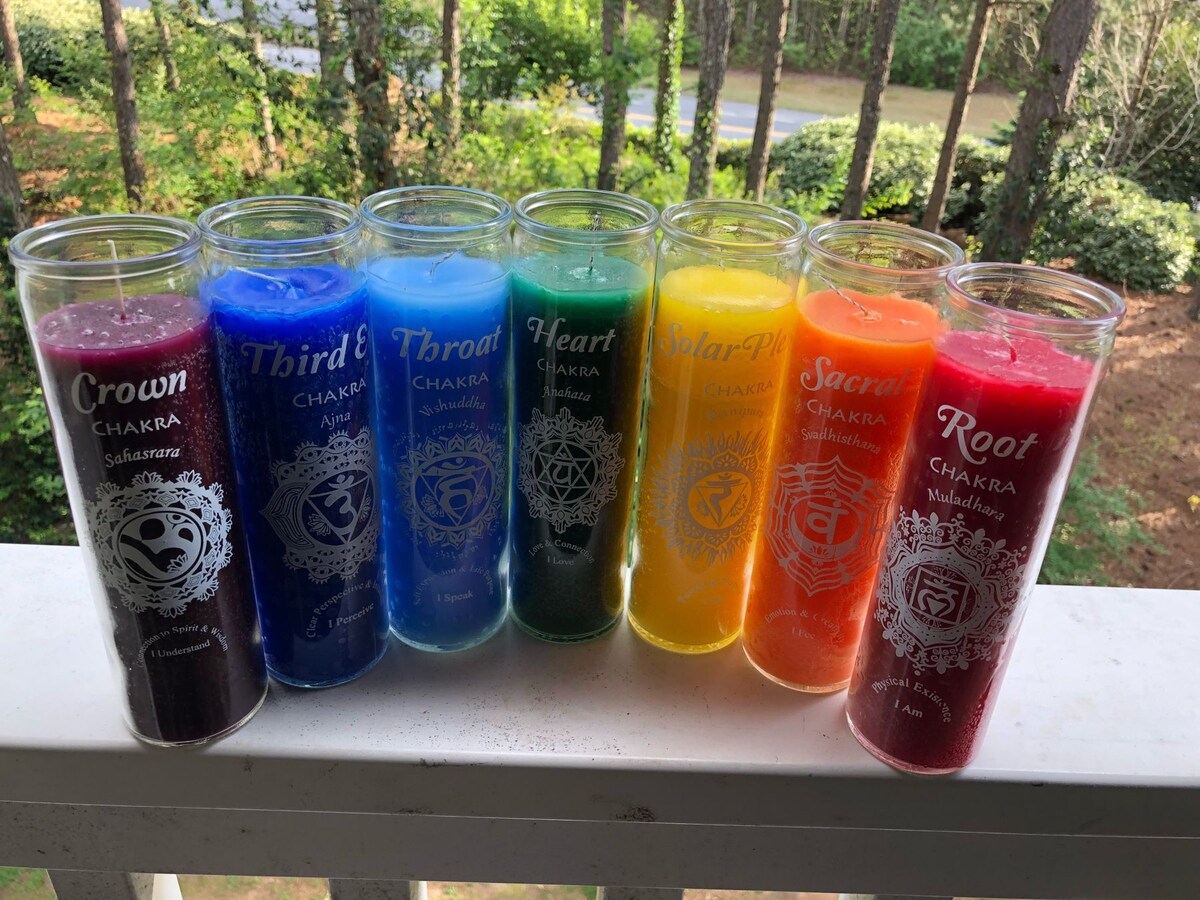

0 thoughts on “How Much Stearic Acid To Use In Soy Candles”